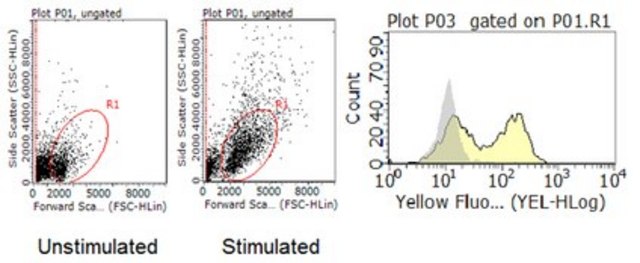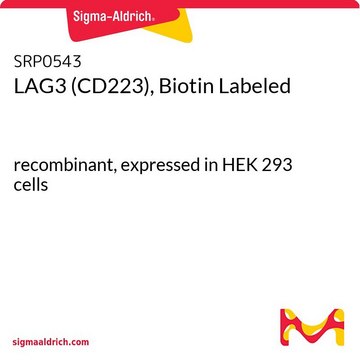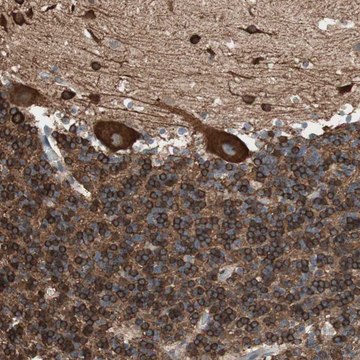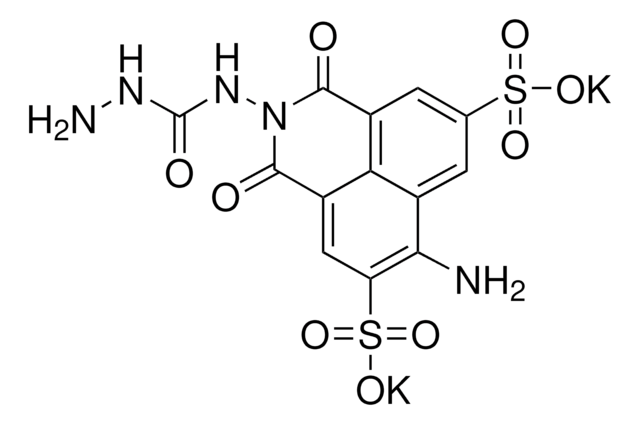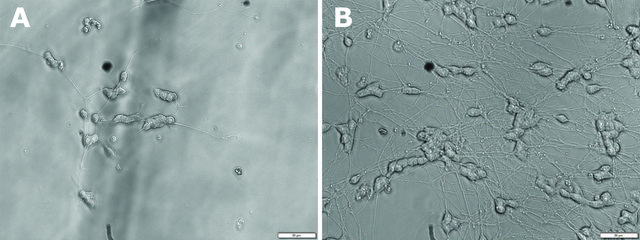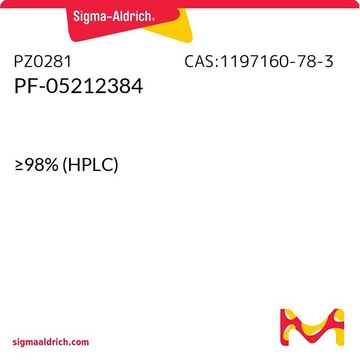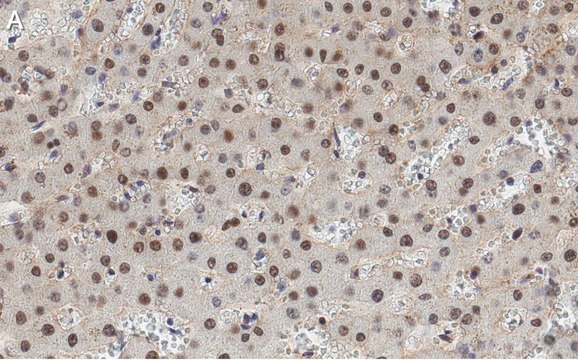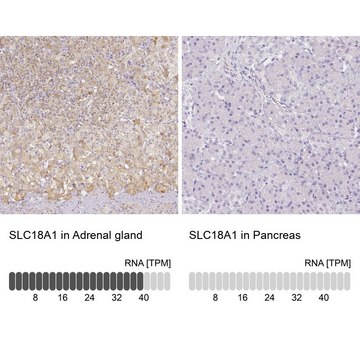推荐产品
生物来源
human
重组
expressed in CHO cells
方案
>99% (SDS-PAGE)
表单
liquid
分子量
~80 kDa by SDS-PAGE
包装
pkg of 50 μg
浓度
≥0.2 mg/mL
杂质
<0.1 EU/μg endotoxin, tested
颜色
clear
UniProt登记号
运输
wet ice
储存温度
−20°C
基因信息
human ... LAG3(3902)
一般描述
LAG3 (lymphocyte activation gene 3) is an inhibitory CD4 (cluster of differentiation)-related molecule, and is expressed by activated CD4+ and CD8+ T cells.
生化/生理作用
LAG3 (lymphocyte activation gene 3) is a negative regulator of T-cell proliferation where it suppresses T-cell receptor (TCR)-mediated calcium fluxes and modulates the memory T-cell pool size. It is a CD4 (cluster of differentiation) homolog that functions as a ligand for MHC (major histocompatibility complex) II. Membrane expression of LAG3 modulates the suppressive function of Tregs (T-regulatory) both in vivo and in vitro. HIV-1 (human immunodeficiency virus) infection results in significant increase in LAG3 peripheral blood and lymph node expression, which is exhibited on both CD4+ and CD8+ T cells, and this is linked with disease progression. In melanoma, this protein is responsible for TLR (Toll-like receptor)-independent activation of plasmacytoid dendritic cells (pDCs) at tumor sites, which is partially implicated in driving an immune-suppressive environment.
外形
Solution in PBS.
其他说明
The sequence coding for the 4 extracellular Ig-like domains of human LAG-3 (D1-D4) is fused to the Fc portion of human IgG1.
储存分类代码
12 - Non Combustible Liquids
WGK
WGK 1
闪点(°F)
Not applicable
闪点(°C)
Not applicable
法规信息
新产品
Tumor-infiltrating NY-ESO-1-specific CD8+ T cells are negatively regulated by LAG-3 and PD-1 in human ovarian cancer.
Matsuzaki J et al
Proceedings of the National Academy of Sciences of the USA, 107(17), 7875-7880 (2010)
Ching-Tai Huang et al.
Immunity, 21(4), 503-513 (2004-10-16)
Regulatory T cells (Tregs) limit autoimmunity but also attenuate the magnitude of antipathogen and antitumor immunity. Understanding the mechanism of Treg function and therapeutic manipulation of Tregs in vivo requires identification of Treg-selective receptors. A comparative analysis of gene expression
Chiara Camisaschi et al.
The Journal of investigative dermatology, 134(7), 1893-1902 (2014-01-21)
Plasmacytoid dendritic cells (pDCs) at tumor sites are often tolerogenic. Although pDCs initiate innate and adaptive immunity upon Toll-like receptor (TLR) triggering by pathogens, TLR-independent signals may be responsible for pDC activation and immune suppression in the tumor inflammatory environment.
Xiaoling Tian et al.
Journal of immunology (Baltimore, Md. : 1950), 194(8), 3873-3882 (2015-03-18)
T cells develop functional defects during HIV-1 infection, partially due to the upregulation of inhibitory receptors such as programmed death-1 (PD-1) and CTLA-4. However, the role of lymphocyte activation gene-3 (LAG-3; CD223), also known as an inhibitory receptor, in HIV
我们的科学家团队拥有各种研究领域经验,包括生命科学、材料科学、化学合成、色谱、分析及许多其他领域.
联系技术服务部门